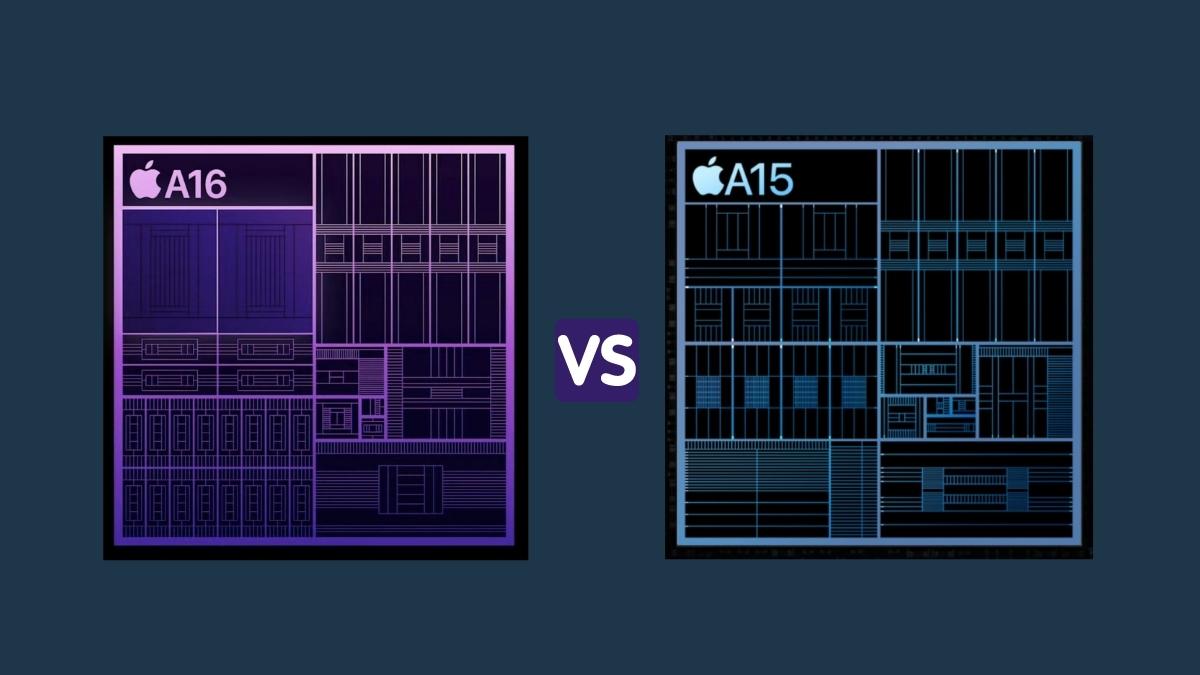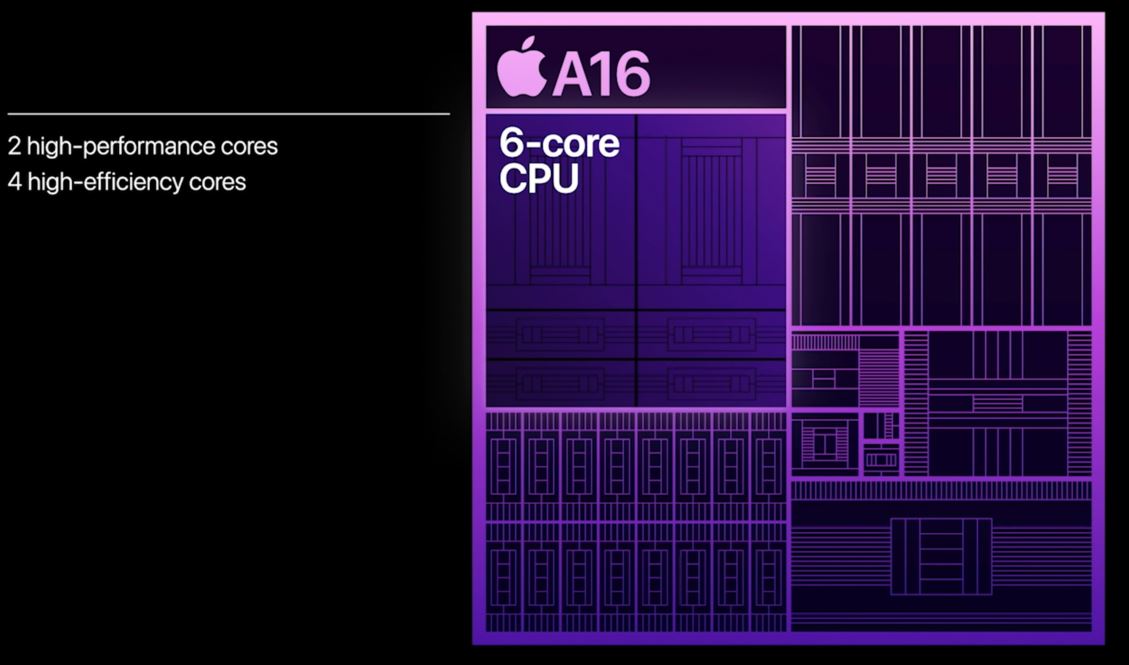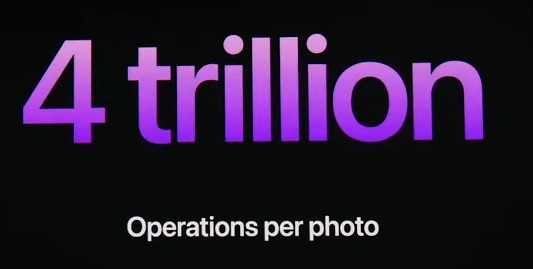So the Far Out event wrapped up, wherein Apple unveiled the Apple Watch Series 8, 2nd generation Apple Watch SE, a whole new Apple Watch Ultra, 2nd generation AirPods Pro, and the iPhone 14 Series.
The event’s main highlights were the Apple Watch Ultra and the iPhone 14 Pro series. The new iPhone 14 lineup includes four models— the iPhone 14, iPhone 14 Plus, iPhone 14 Pro, and the iPhone 14 Pro Max. However, only the new Pro models got the new A16 Bionic chip. On the other hand, there seems to be little to no chip upgrade on the regular iPhone 14 and iPhone 14 Plus. Both the models still rock the last year’s A15 Bionic chip.
During the keynote, Apple compared the A16 Bionic with the three-generation old A13 Bionic instead of the A15 Bionic. So, what’s the difference between the A16 and A15 Bionic chips? Here are some key differences.
A16 Bionic vs A15 Bionic Comparison
1. CPU and GPU
The Apple A16 Bionic has a 6-core CPU that is claimed to be faster than the A15 Bionic. However, how much faster is still unknown as of yet. The A16 and A15 have the same 6-core CPU with two high-performance cores, four efficiency cores, the same 5-core GPU, and the 16-core Neural Engine. Apple has not claimed any statistical performance improvement over the A15. However, the increased number of transistors surely can help improve the already fantastic performance. Plus, the A16 Bionic is also the first Apple Silicon based on a 4nm fabrication process. Overall, the A16 Bionic brings a minor upgrade in the performance department.
2. Transistors
Yes, we are talking about transistors here. It’s one of the only statistical data Apple revealed during the event about transistors. The A16 Bionic has 16 billion transistors. This means the new A16 Bionic has one billion more transistors than the A15 Bionic. More transistors mean faster data processing and better efficiency.
3. Improved ISP
Apple has improved the ISP (Image Signal Processor) on the A16 Bionic. Apple claims this is a new ISP developed for the iPhone 14 Pro. A better ISP means better photos and videos from the cameras of the iPhone. The CPU, GPU, neural engine and ISP are responsible for the camera quality on the iPhone.
The new and improved ISP on the A16 Bionic can perform up to 4 trillion operations per photo. Apple says that this allows for Deep Fusion to occur sooner on uncompressed images, resulting in more detailed, brighter, and more vibrant photos. The new ISP is only present on the A16 Bionic chip, which means only the iPhone 14 Pro models have it.
4. Memory Bandwidth
The A16 Bionic has 50% more bandwidth than the A15 Bionic. While you may think that the A16 Bionic has the same GPU cores as before, the performance is improved due to the additional 50% memory bandwidth. This means better graphics performance while playing games or doing other graphics-intensive tasks. Again, this high performance will be exclusive to the iPhone 14 Pro and 14 Pro Max.
That’s all we know about the new A16 Bionic chip and its differences from its predecessor— A15 Bionic. Nevertheless, the real-world performance difference between the two is yet to be experienced.







